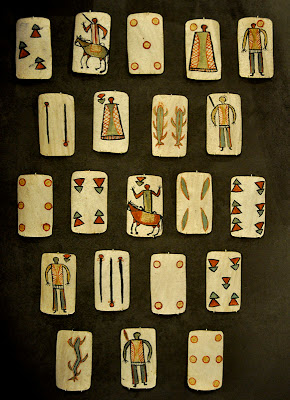The Solomon R. Guggenheim Museum situated at 1071 Fifth Avenue and 89th St in Manhattan's Upper East Side is the last major work of world-renown architect, Frank Lloyd Wright, and a favourite destination for John and I whenever we visit New York City.
Opened in 1959, the building with its distinctive exterior and spiral ramp interior is one of the wonders of contemporary North American architecture. We've seen any number of inspiring retrospectives of major contemporary world artists like Mario Merz and Louise Bourgeios in this beautiful space. This last visit it was a show called Chaos and Classicism, Art in France, Italy and Germany, 1918-1936. A fascinating show on until January 11th, 2011.
During this last visit, I tried to capture some of the lesser known architectural features of the building like this seating and porch area beside an upper balcony
and the internal view at the same point down on the cafeteria area below. Some critics have complained that the structure competes too much with the artwork displayed but for us it just adds another reason not to miss a visit to the recently renovated building and museum.






















































